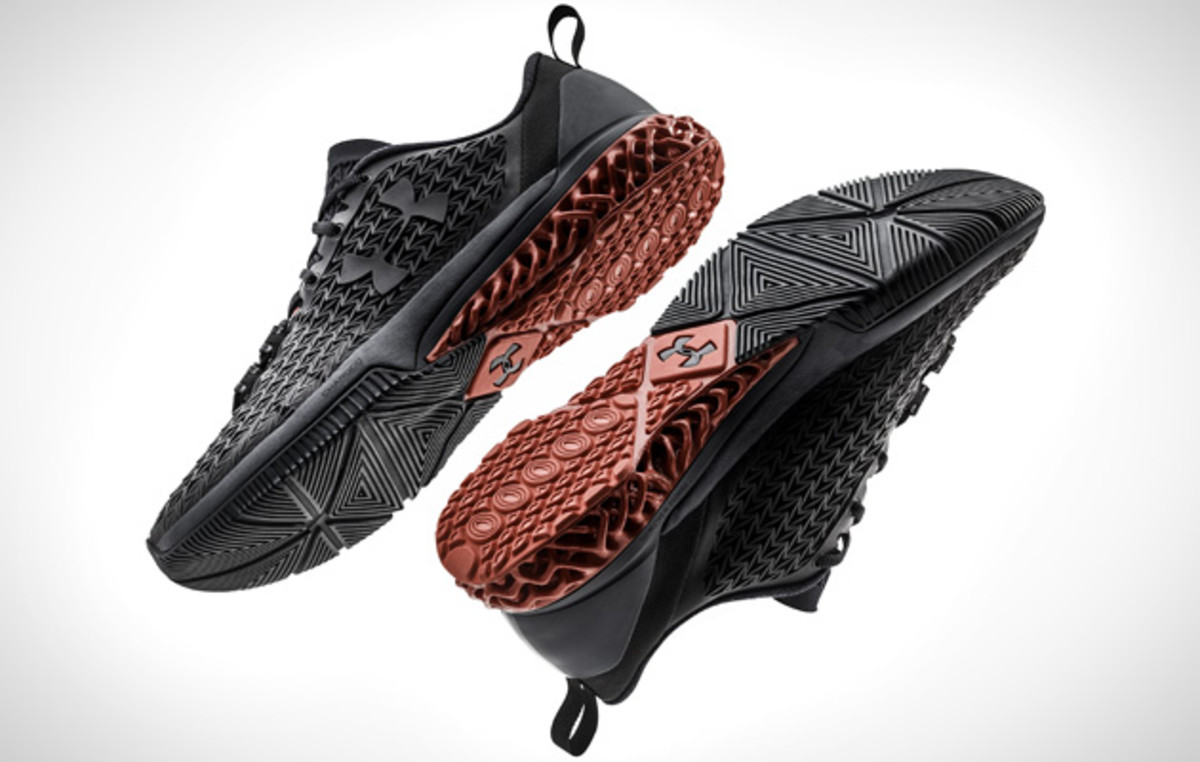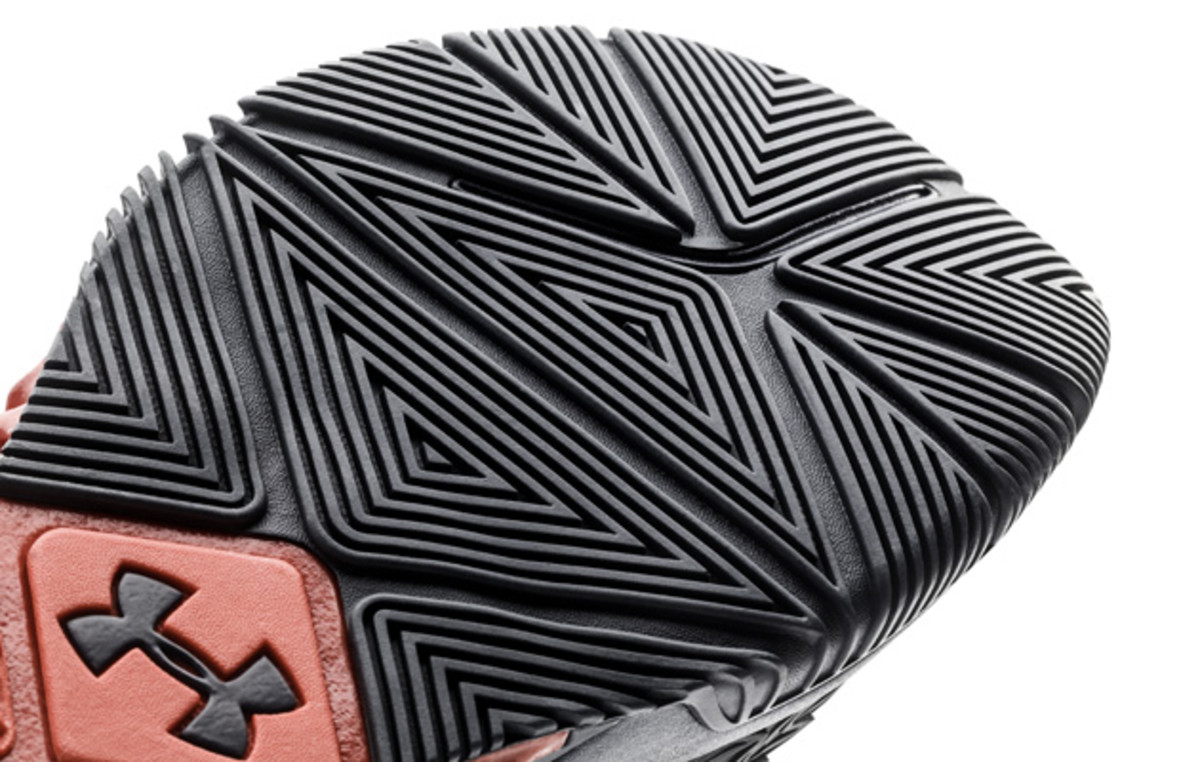Tech Talk: Under Armour steps out with first 3D-printed training shoe

We’ve heard a lot about 3D printed shoes. We’ve heard about elite athletes having custom-designed 3D plates in their track spikes, about how the 3D process helps speed up the prototype phase and even about plans for consumer 3D-printed running shoes. Now Under Armour is making good on that last element, launching a limited number of 3D printed training shoes this month for general consumption.
“Part of this is to be the first mover,” Chris Lindgren, Under Armor vice president of outdoor and training footwear, tells SI.com. “A lot of competitors talk about it, but we like to get it done. We want to see what the consumer has to say.”
Under Armour's Architech 3D shoe
Under Armour will release 96 pairs (the number is a nod to the 20th anniversary of the brand’s launch in 1996) of the Architech 3D-printed shoe this month, a training model. Lindgren says UA put a focus on training in part because other companies had running in mind and in part because Under Armour’s start was in training. And through athlete discussion, the Baltimore-based company found that athletes were switching between a stability shoe for weightlifting and an agility shoe for speed workouts during training.

asks. “[The new shoe] is more of a strength-training shoe, but with enough flexibility to do that other work too.”
Inside the 3D construction
The upper has a Clutchfit Auxetic design with a pattern of shapes designed to move with the athlete. But the lattice-structure heel is where the 3D printed piece comes in. “The science behind it is that it is two components built into one,” Lindgren says. The lattice design—UA also has a patented process to bond color to the cage—provides structure, but also a degree of trampoline effect for some extra cushioning. The combination of polymers and elastomers “makes it soft enough and strong enough to protect and provide structure, but with cushioning underfoot.”
What are the benefits?
The red lattice structure itself was made possible by the 3D printing. Lindgren says UA could attain a similar performance goal through thermoplastic injection molding, but it wouldn’t have the same aesthetic appeal and the cost would skyrocket with the steel molds and injection process. “It is very, very costly,” he says about the traditional way. “Three-D printing is a way to get all that crap out of the way and get right to the essential piece you want to design.”
Eric Koston's signature, the Koston 3, opens up world of skate tech, design
hoes are largely still made by cutting, sewing, bonding, and molding foams and rubbers in steel molds, then scaling up into mass production to make it all worth the price. Three-D printing can change that, unlocking a new world of customization. “Now we are printing digital files and can make a unique shape to tune to the needs of an athlete based on size and foot shape,” Lindgren says.
The manufacturing process also allows for nimbleness. Lindgren says that with more than 80 athletes participating in UA Architech physical wear testing, Under Armour went through “innumerable” prototypes and more than 120 hours of testing to get to the final design, a process that would not have been possible with traditional molding.
What's next?
Under Armour plans to unveil additional 3D printed shoes in 2016, part of an effort to learn about the process and to get feedback from the consumer.
In the short term, the 3D printed shoe will bleed into the traditional shoe design by allowing companies to play with new technologies and designs quickly, finding what works and translating that to a traditional manufacturing process for the general consumer. But down the road, as the manufacturing process in sneaker production is revolutionized, expect to see the level of customization skyrocket.

One path has consumers going online and choosing from a virtual box of parts for their shoes. A given customer may opt for a more stable outsole, say, or maybe something more flexible or far lighter. “It can all be manufactured based on printing pieces instead of big heavy molds and presses across the world,” Lindgren says.
Another idea Lindgren suggests is customization of the shoe shape itself, whereby an athlete enters an Under Armour studio for a foot scan, and then sneaker components get designed based on his or her arch, forefoot and more, building a customized shoe on the spot. That idea, Lindgren says, remains in the near-term reach, especially when thinking about Under Armour going to a top partner, say Notre Dame, and offering a group of athletes the opportunity.
“It is the very early days, but it is really exciting to finally see the manufacturing side change and get to true customization,” Lindgren says.
Tim Newcomb covers stadiums, sneakers and technology for Sports Illustrated. Follow him on Twitter at @tdnewcomb.
